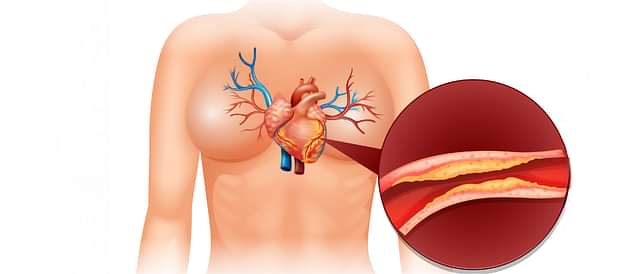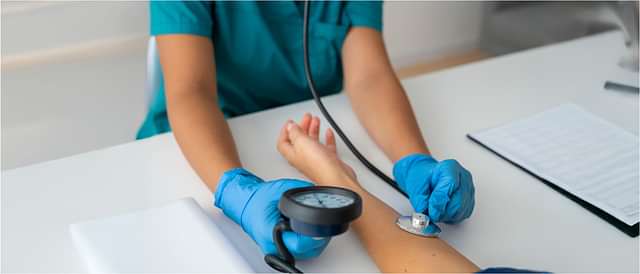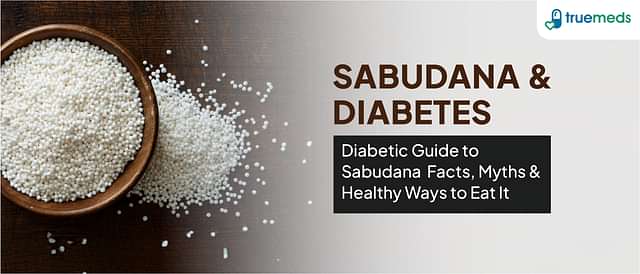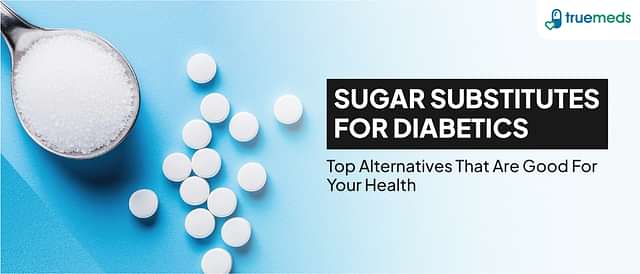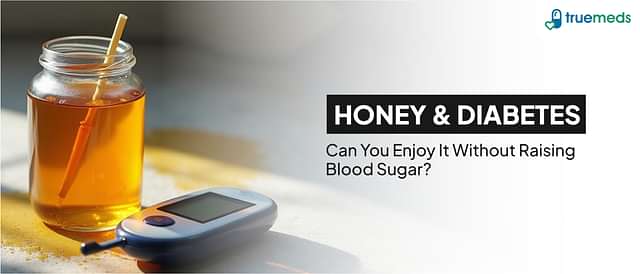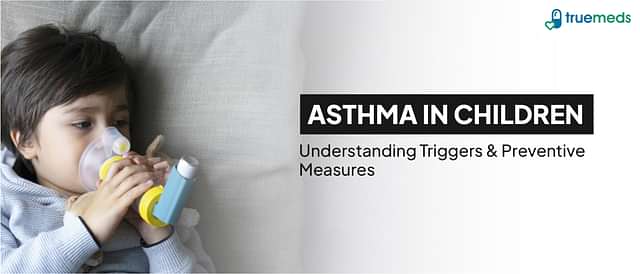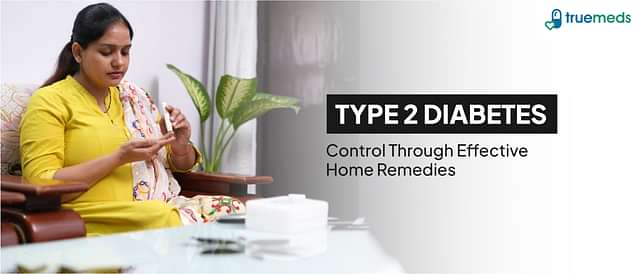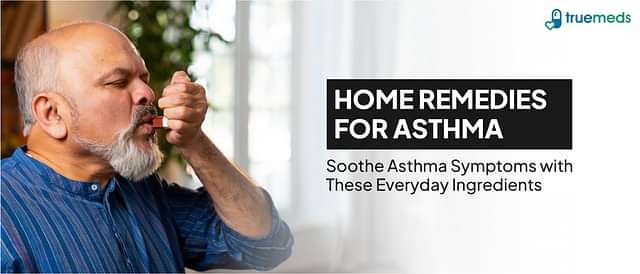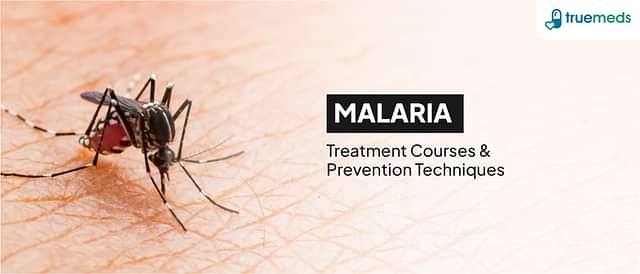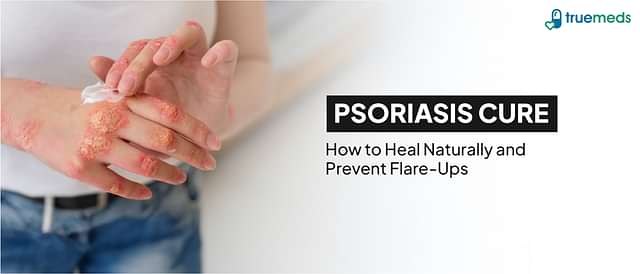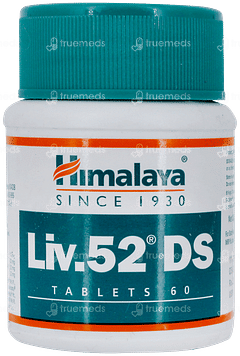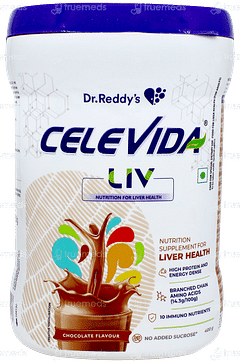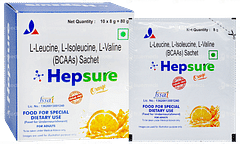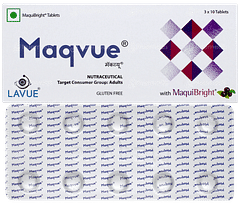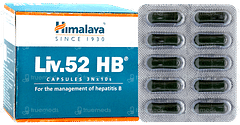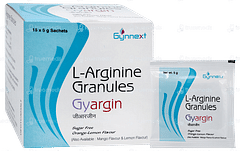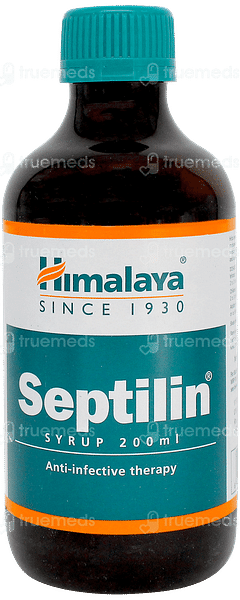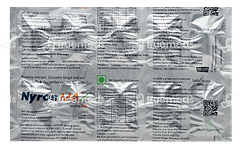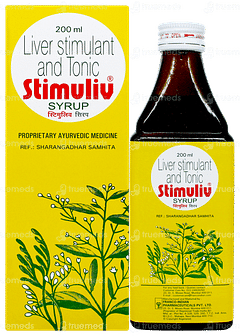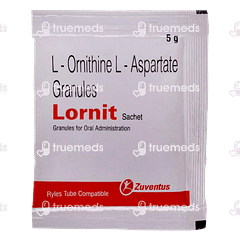Cardiovascular
Cardiovascular disorders refer to diseases affecting the heart and blood vessels, often caused by high blood pressure, poor diet, or lack of exercise. Types include coronary artery disease, arrhythmias, and heart failure. Symptoms can range from chest pain and shortness of breath to fatigue and irregular heartbeat. Treatment involves lifestyle changes, such as diet and exercise, along with medications like beta-blockers or statins to manage symptoms and improve heart health. In severe cases, surgery or interventions like stents may be required to restore proper blood flow and reduce the risk of complications.
Cardiac arrest is a life-threatening condition that occurs when the heart suddenly stops beating, causing a loss of blood flow to the brain and other vital organs. It is typically caused by an electrical malfunction in the heart and requires immediate medical attention to prevent sudden cardiac death. Recognising the symptoms of cardiac arrest and providing prompt treatment can significantly improve the chances of survival.
30th Oct 2024
|
16 mins read
Arrhythmia is a condition where the heart beats irregularly, either too fast, too slow, or with an abnormal rhythm. Various factors, including heart disease, electrolyte imbalances, and certain medications, can cause arrhythmias. Treatment options depend on the type and severity of the arrhythmia, ranging from lifestyle changes and medications to procedures like cardioversion or ablation.
5th Nov 2024
|
14 mins read
Hypertension, or high blood pressure, is a condition where the force of blood against the artery walls is consistently elevated. It can lead to serious health complications if left untreated, such as heart disease, stroke, and kidney disease. The condition is categorised into stages based on blood pressure readings, and there are two main types: primary and secondary hypertension.
6th Nov 2024
|
14 mins read
Low blood pressure, or hypotension, is a condition in which blood pressure is lower than normal, potentially leading to insufficient blood supply to the heart, brain, and other vital organs. Hypotension can be classified into different types based on the underlying cause and the circumstances under which it occurs. Prompt diagnosis and appropriate treatment are essential to manage hypotension effectively and prevent complications.
6th Nov 2024
|
12 mins read
Hyperlipidaemia is a medical condition characterised by elevated levels of lipids (fats) in the blood, including cholesterol and triglycerides. This condition can significantly increase the risk of cardiovascular diseases, such as heart attacks and strokes, due to the buildup of plaque in the arteries. Treatment options include lifestyle modifications, medications, and regular monitoring of lipid levels.
7th Nov 2024
|
11 mins read
Stroke is a serious medical condition that occurs when the blood supply to part of the brain is interrupted or reduced, leading to brain damage, disability, or even death. There are three main types of stroke: ischaemic stroke, haemorrhagic stroke, and transient ischaemic attack (TIA). Recognising the symptoms of stroke and seeking prompt medical attention is crucial for the best possible outcome.
7th Nov 2024
|
15 mins read
Pulmonary arterial hypertension is a severe and progressive condition characterised by elevated blood pressure in the pulmonary arteries. Left untreated, pulmonary arterial hypertension can lead to right heart failure and potentially fatal outcomes, making early diagnosis and treatment crucial.
7th Nov 2024
|
15 mins read
High blood cholesterol, or hypercholesterolaemia, is a condition characterised by elevated levels of cholesterol in the blood. It can lead to the formation of plaque in the arteries, increasing the risk of heart attacks, strokes, and other cardiovascular complications. Understanding the causes, symptoms, and management of high blood cholesterol is crucial for preventing and treating this condition.
7th Nov 2024
|
13 mins read
Peripheral artery disease is a condition that occurs when the arteries supplying blood to the limbs become narrowed or blocked, reducing blood flow. It most commonly affects the legs and can cause pain, cramping, and fatigue when walking or exercising. Treatment options include lifestyle changes, medications, and surgical procedures.
8th Nov 2024
|
14 mins read
Latest health articles
Top Health Essentials
Top-Selling Medicines:
...View more
Top-OTC medicines:
...View more
Subscribe
Registered Office Address
Grievance Officer
Download Truemeds

Contact Us
Our customer representative team is available 7 days a week from 9 am - 9 pm.
v3.7.5
Our Payment Partners













